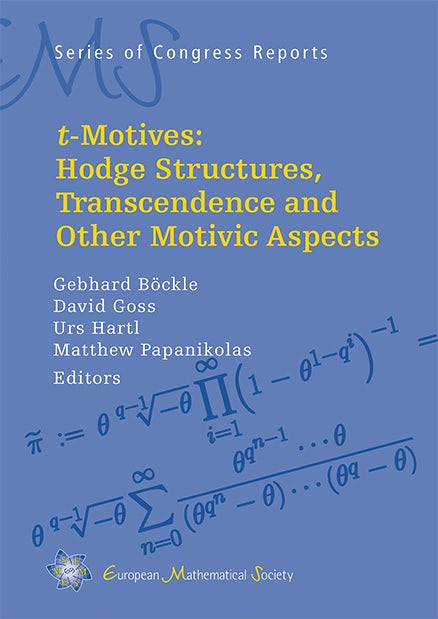Pink’s theory of Hodge structures and the Hodge conjecture over function fields
Urs Hartl
Westfälische Wilhelms-Universität Münster, GermanyAnn-Kristin Juschka
Universität Heidelberg, Germany

A subscription is required to access this book chapter.
Abstract
In 1997 Richard Pink has clarified the concept of Hodge structures over function fields in positive characteristic, which today are called Hodge-Pink structures. They form a neutral Tannakian category over the underlying function field. He has defined Hodge realization functors from the uniformizable abelian -modules and -motives of Greg Anderson to Hodge-Pink structures. This allows one to associate with each uniformizable -motive a Hodge-Pink group, analogous to the Mumford-Tate group of a smooth projective variety over the complex numbers. It further enabled Pink to prove the analog of the Mumford-Tate Conjecture for Drinfeld modules. Moreover, based on unpublished work of Pink and the first author, the second author proved in her Diploma thesis that the Hodge-Pink group equals the motivic Galois group of the -motive as defined by Papanikolas and Taelman. This yields a precise analog of the famous Hodge Conjecture, which is an outstanding open problem for varieties over the complex numbers.
In this report we explain Pink's results on Hodge structures and the proof of the function field analog of the Hodge conjecture. The theory of -motives has a variant in the theory of dual -motives. We clarify the relation between -motives, dual -motives and -modules. We also construct cohomology realizations of abelian -modules and (dual) -motives and comparison isomorphisms between them generalizing Gekeler's de Rham isomorphism for Drinfeld modules.